Need I really say anything more?
http://journals.aps.org/prl/abstract/10.1103/PhysRevLett.116.061102
The gravitational-wave event GW150914 observed by the LIGO Hanford (H1, left column panels) and Livingston (L1, right column panels) detectors. Times are shown relative to September 14, 2015 at 09:50:45 UTC. For visualization, all time series are filtered with a 35–350 Hz bandpass filter to suppress large fluctuations outside the detectors’ most sensitive frequency band, and band-reject filters to remove the strong instrumental spectral lines seen in the Fig. 3 spectra. Top row, left: H1 strain. Top row, right: L1 strain. GW150914 arrived first at L1 and 6.9+0.5−0.4 ms later at H1; for a visual comparison, the H1 data are also shown, shifted in time by this amount and inverted (to account for the detectors’ relative orientations). Second row: Gravitational-wave strain projected onto each detector in the 35–350 Hz band. Solid lines show a numerical relativity waveform for a system with parameters consistent with those recovered from GW150914 [37, 38] confirmed to 99.9% by an independent calculation based on [15]. Shaded areas show 90% credible regions for two independent waveform reconstructions. One (dark gray) models the signal using binary black hole template waveforms [39]. The other (light gray) does not use an astrophysical model, but instead calculates the strain signal as a linear combination of sine-Gaussian wavelets [40, 41]. These reconstructions have a 94% overlap, as shown in [39]. Third row: Residuals after subtracting the filtered numerical relativity waveform from the filtered detector time series. Bottom row:A time-frequency representation [42] of the strain data, showing the signal frequency increasing over time.
